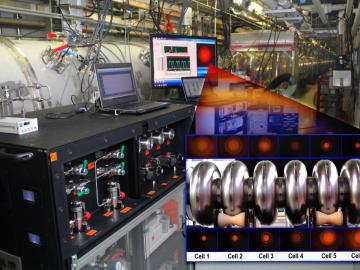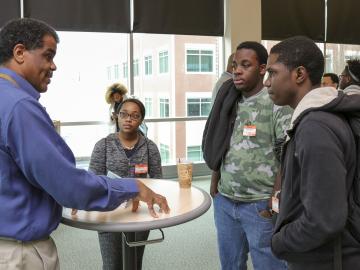
Filter News
Area of Research
News Type
Date
Media Contacts

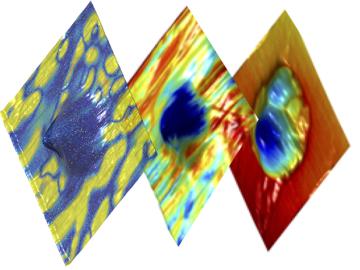
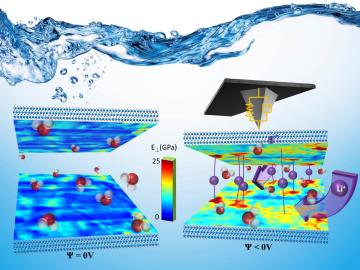
Researchers at the Department of Energy's Oak Ridge National Laboratory have combined advanced in-situ microscopy and theoretical calculations to uncover important clues to the properties of a promising next-generation energy storage material for

Measurement and data analysis techniques developed at the Department of Energy’s Oak Ridge National Laboratory could provide new insight into performance-robbing flaws in crystalline structures, ultimately improving the performance of solar cells.

Experts at the U.S. Department of Energy’s Oak Ridge National Laboratory will help nine small companies move their innovative manufacturing, buildings, fuel cell, geothermal and vehicle technologies closer to the marketplace. The businesses are among 33 selected t...
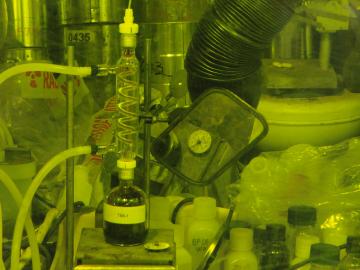
Nearly 100 commercial nuclear reactors supply one-fifth of America’s energy. For each fuel rod in a reactor assembly, only 5 percent of its energy is consumed before fission can no longer be sustained efficiently for power production and the fuel assembly must be replaced. Power plan...
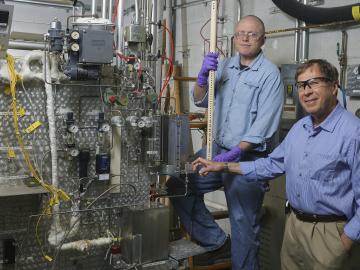

A study led by the University of Tennessee and the Department of Energy’s Oak Ridge National Laboratory could soon pay dividends in the development of materials with energy-related applications. Three UT researchers—Maik Lang, assistant professor
